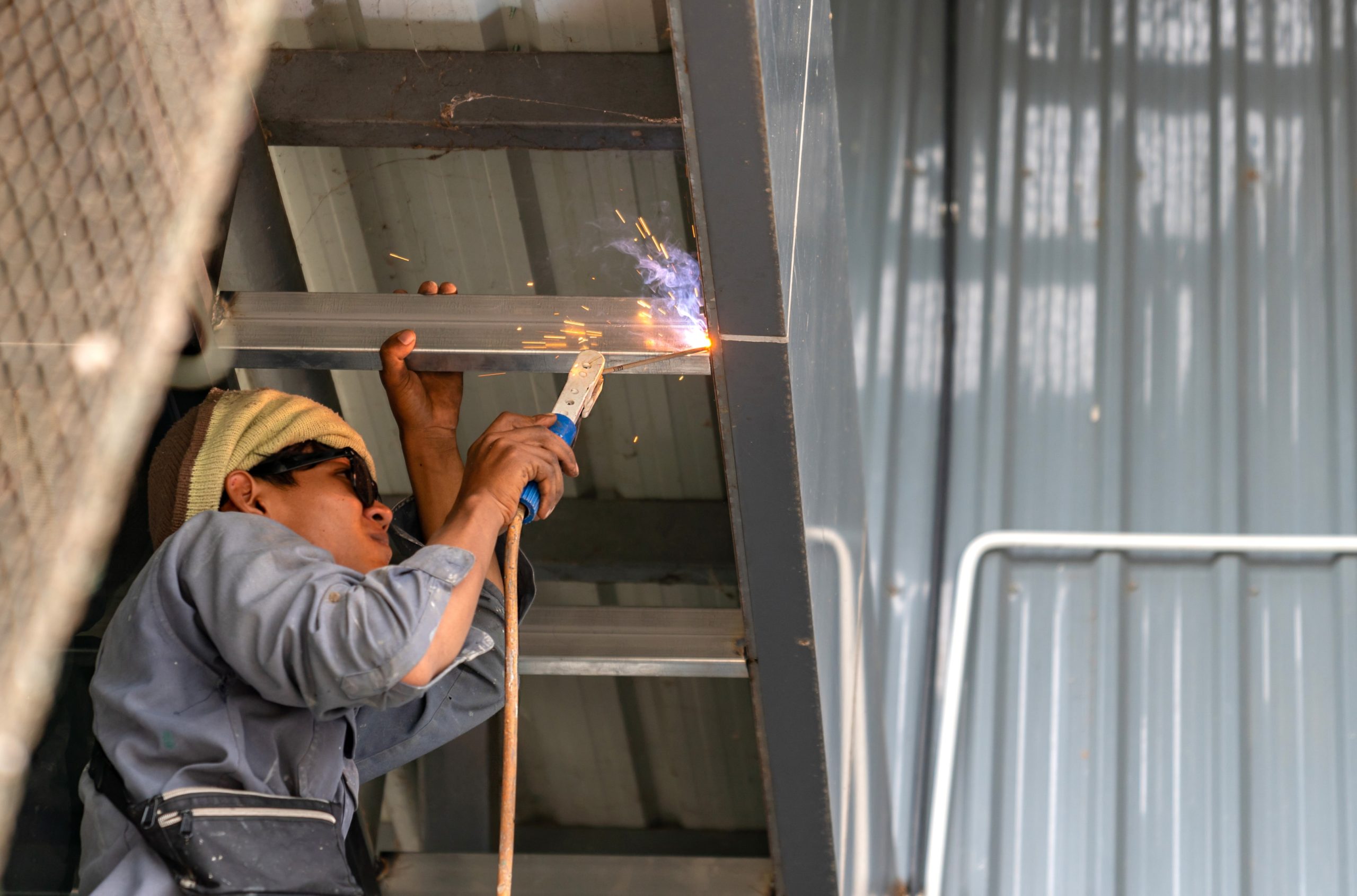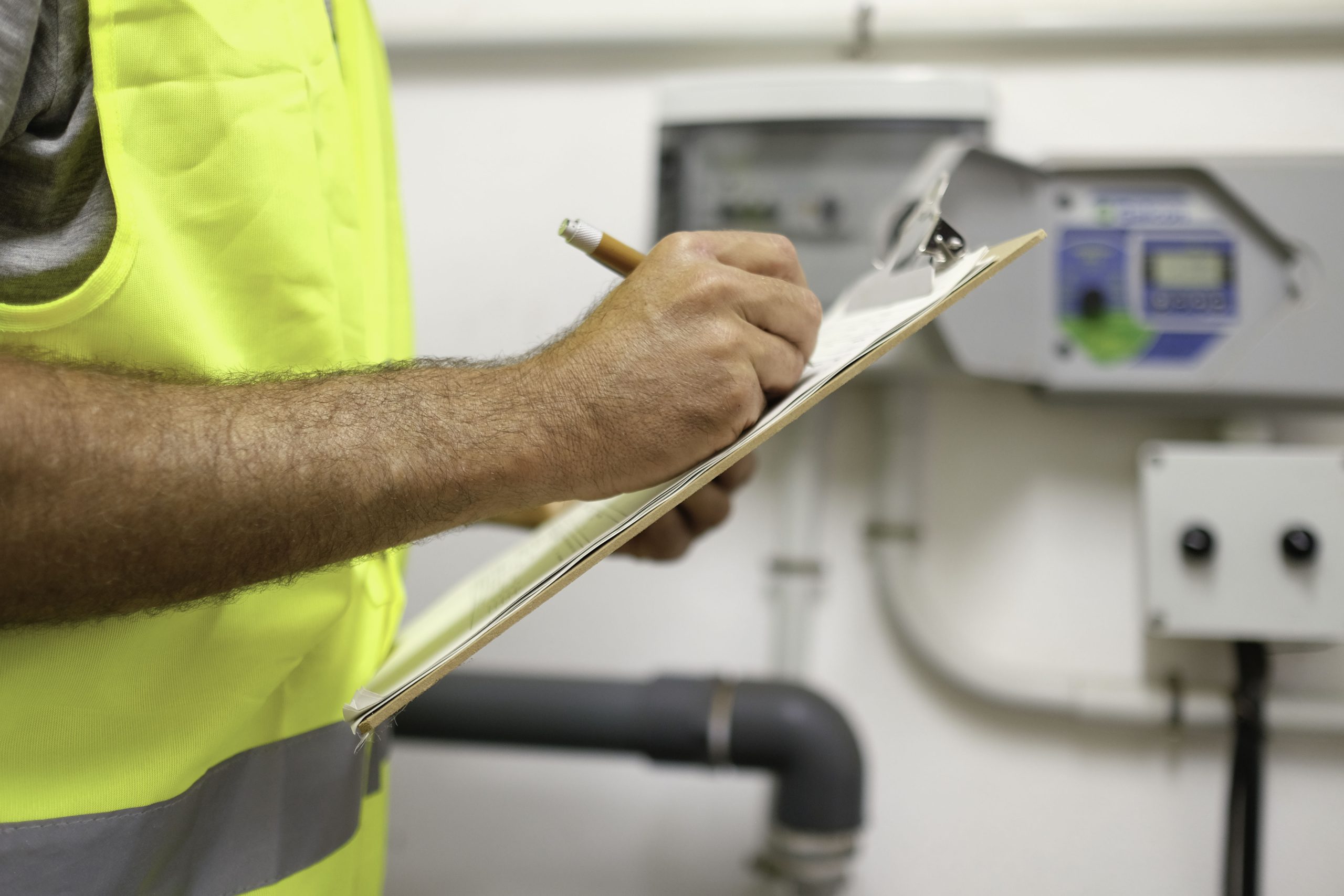Electrical safety is vital to maintaining smooth business operations and protecting your team from potential hazards. For operations managers, understanding electrical safety is even more critical as it directly impacts productivity and profitability. Ignoring electrical safety can lead to severe consequences, including workplace injuries, equipment damage, and costly downtime.
Running a facility smoothly means ensuring that all electrical systems are functioning correctly and safely. This requires a proactive approach to identifying and mitigating electrical hazards. By being aware of the common issues that can arise and taking steps to address them, you can keep your operations running efficiently and avoid unexpected disruptions.
This article will help you understand essential electrical safety tips, so you can implement them in your daily operations. Applying these safety measures will not only safeguard your team but also ensure that your business continues to operate without unnecessary interruptions.
Recognize and Address Electrical Hazards in the Workplace
One of the first steps in ensuring electrical safety is to identify and address potential hazards in your workplace. These hazards can come in many forms, such as exposed wires, overloaded circuits, or improperly maintained equipment. Recognizing these hazards early can prevent accidents and maintain smooth business operations.
To start, make sure all electrical panels and distribution boards are secure and not obstructed. Keep an eye out for frayed wires, broken plugs, or any signs of wear and tear on electrical cords. These issues can lead to short circuits or shocks if left unattended. Additionally, ensure that all electrical outlets and switches are functioning correctly and are not warm to the touch, which could indicate an underlying problem.
Another crucial step is to avoid overloading electrical outlets. Plugging too many devices into a single outlet can cause circuits to overheat, leading to potential fires or equipment damage. Use surge protectors and properly rated extension cords to distribute electrical loads more evenly. By staying proactive and vigilant, you can significantly reduce the risks associated with electrical hazards and keep your workplace safe.
Importance of Regular Electrical Inspections and Maintenance
Regular electrical inspections and maintenance are essential for ensuring that your systems remain safe and efficient. These checks help identify potential issues before they escalate into more significant problems, reducing downtime and maintaining productivity. Scheduling regular inspections can save time and money in the long run.
During an inspection, a qualified electrician will examine the condition of your wiring, panels, and equipment. They will check for signs of wear, corrosion, or any other issues that could lead to system failures. Regular maintenance includes tasks such as tightening loose connections, cleaning components, and testing backup systems. These preventative measures help ensure that your electrical systems are reliable and safe.
Maintaining detailed records of all inspections and maintenance activities is also crucial. These records help track the history of your electrical systems, making it easier to predict when future maintenance might be needed. Using Trillium’s software and mobile app, you can easily order facility maintenance services and keep track of your maintenance records. By investing in regular inspections and proactive maintenance, you can avoid costly repairs and ensure continuous operations in your workplace.
Proper Handling and Usage of Electrical Equipment
Using electrical equipment correctly is crucial for preventing accidents and ensuring smooth operations. Start by ensuring all employees know how to handle and operate electrical devices safely. Providing clear instructions and training can prevent misuse and potential hazards.
Always inspect tools and equipment before use. Look for signs of damage, such as frayed cords or loose connections. Equipment in poor condition should be repaired or replaced before it’s used. Ensure that all tools have the necessary safety features, like grounded plugs and circuit breakers.
Keep work areas dry to avoid electrical shocks. Water and electricity are a dangerous combination. If you’re using electrical equipment outdoors or in wet conditions, use devices rated for such environments. Store electrical tools in a dry, safe place to prevent exposure to moisture and damage. Additionally, never bypass safety devices or remove grounding plugs from tools and equipment. These features are in place to protect users from potential electrical hazards.
Implementing Safety Protocols for Emergency Situations
Being prepared for electrical emergencies can significantly reduce harm and downtime. Develop and implement safety protocols that all employees can follow in case of an emergency. Clear procedures will help everyone respond quickly and effectively.
First, identify all the emergency exit routes and ensure they are clearly marked. Conduct regular drills to prepare employees for various scenarios, such as electrical fires or power outages. Equip your facility with the necessary safety equipment, such as fire extinguishers rated for electrical fires, and ensure that all employees know how to use them.
Create an emergency response team trained to handle electrical incidents. This team should know how to shut off power safely, administer first aid for electrical burns, and coordinate with emergency services when needed. Ensure all employees are familiar with the procedures for reporting electrical hazards and emergencies.
Educating Employees on Electrical Safety Practices
Employee education is a vital component of maintaining electrical safety. Regularly train your staff on the basics of electrical safety to reduce the risk of accidents. An informed workforce is your first line of defense against electrical hazards.
Offer regular training sessions and updates on electrical safety. Topics should include identifying hazards, using equipment properly, and following emergency protocols. Encourage employees to ask questions and stay engaged in learning about safety practices. Keeping the information relatable and straightforward helps ensure everyone understands and retains the content.
Create a safety culture where employees feel comfortable reporting electrical issues. Make it easy for them to communicate concerns or suggest improvements. Reinforce the importance of adherence to safety guidelines through regular reminders and visible signage.
Final Thoughts
Maintaining electrical safety in your operations is crucial for avoiding interruptions and ensuring a safe workplace. By recognizing hazards, prioritizing regular inspections, handling equipment properly, implementing emergency protocols, and educating employees, you can safeguard your business from electrical issues. Effective electrical safety practices support continuous operations and prevent unnecessary downtime, contributing to a more productive and profitable business environment.
If you need professional assistance, you can order facility maintenance services from Trillium. Our software and mobile app make it easy to schedule and manage your maintenance needs. Keep your operations running smoothly by trusting Trillium’s expertise in electrical safety.









